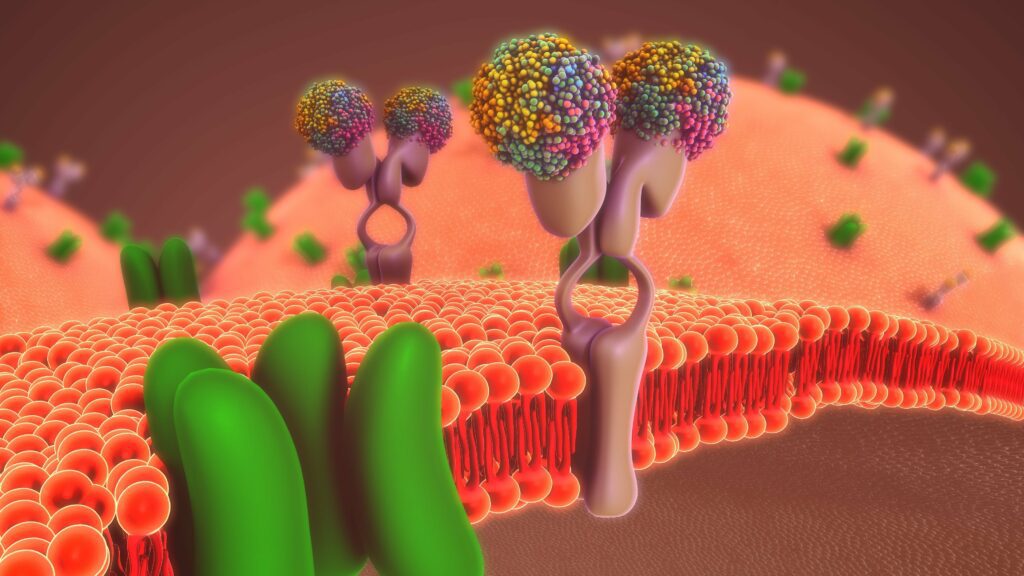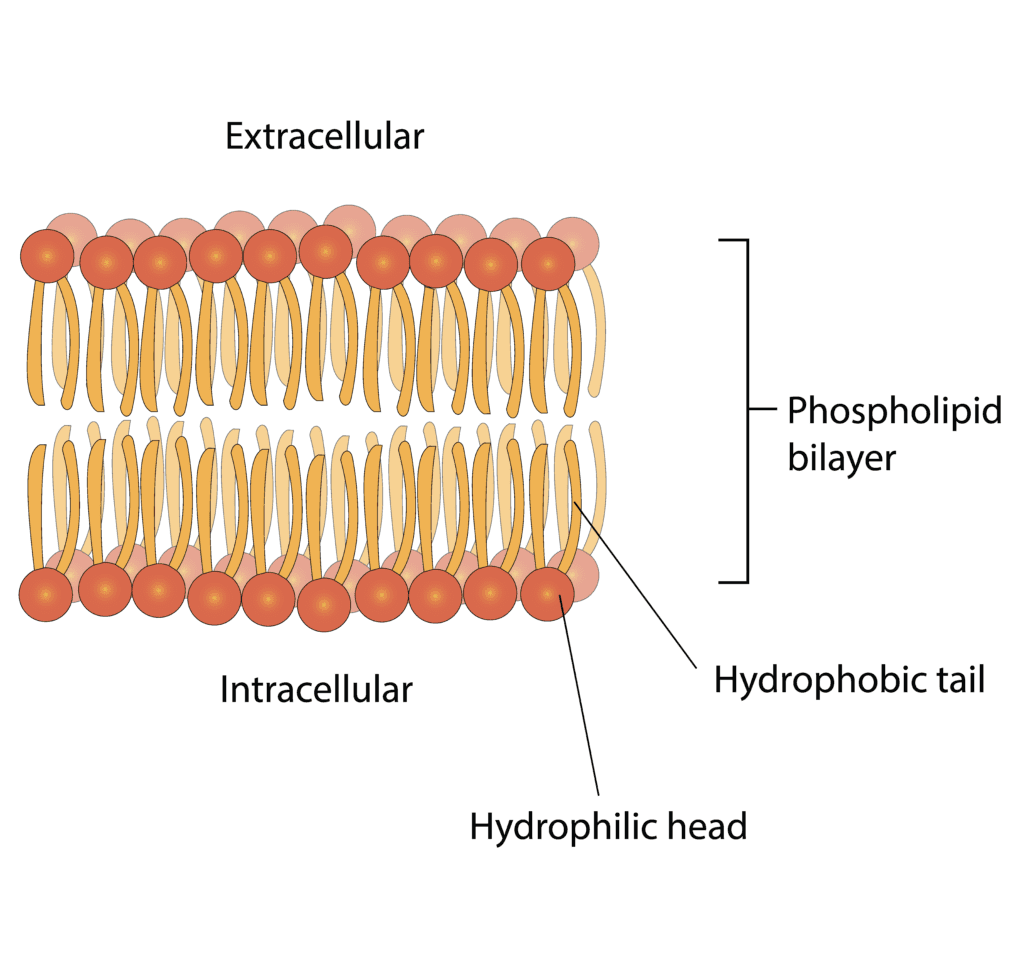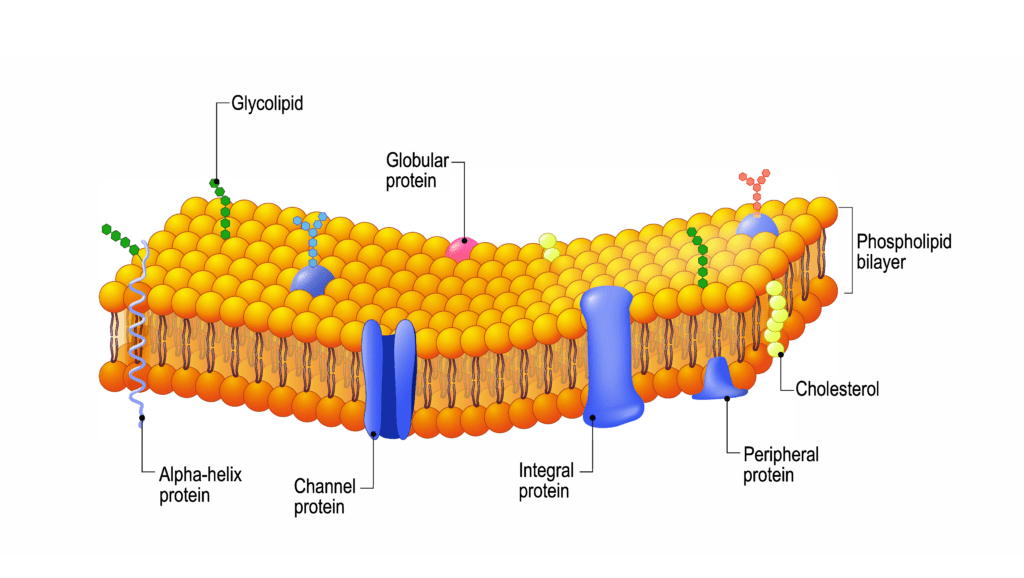ATI TEAS 7 Science Course
-
Introduction
Free ATI TEAS Science Diagnostic Test1 Quiz -
Human Anatomy and PhysiologyGeneral Anatomy and Physiology15m|3 Lessons|1 Quiz
-
Cardiovascular System30m|9 Lessons|1 Quiz
-
Respiratory System17m|4 Lessons|1 Quiz
-
Gastrointestinal System8m|2 Lessons|1 Quiz
-
Neuromuscular System43m|10 Lessons|1 Quiz
-
Reproductive System8m|2 Lessons|1 Quiz
-
Integumentary System11m|2 Lessons|1 Quiz
-
Endocrine System11m|3 Lessons|1 Quiz
-
Genitourinary System16m|4 Lessons|1 Quiz
-
Immune System13m|4 Lessons|1 Quiz
-
Skeletal System26m|6 Lessons|1 Quiz
-
Life and Physical SciencesApply Concepts of Mendel's Laws of Inheritance1 Quiz
-
Describe the Relationship Between Genetic Material and the Structure of Proteins3 Lessons|2 Quizzes
-
Describe Cell Structure, Function, and Organization9 Lessons
-
Describe the Structure and Function of the Basic Macromolecules in a Biological System1 Lesson|1 Quiz
-
Describe the Role of Microorganisms in Disease2 Lessons
-
ChemistryExplain Physical Properties and Changes of Matter11 Lessons|1 Quiz
-
Recognize Basic Atomic Structure36m|10 Lessons|1 Quiz
-
Describe Chemical Reactions1 Quiz
-
Understand Properties of Solutions
-
Scientific ReasoningUse Basic Scientific Measurements and Measurement Tools1 Quiz
-
Apply Logic and Evidence to a Scientific Explanation1 Quiz
-
Predict Relationships Among Events, Objects, and Processes1 Quiz
-
Apply the Scientific Method to Interpret a Scientific Investigation1 Quiz
-
Timed Practice Test SimulationsATI TEAS Science Practice Tests5h 15m|5 Quizzes
Plasma Membrane
Learning Goals
By the end of this lesson, you will be able to:
- Describe the role of the cell (plasma) membrane in a eukaryotic cell
- Describe the parts that make up a cell (plasma) membrane
- Explain the functions of the different parts of the cell (plasma) membrane
Key Vocabulary
- Plasma Membrane – (also known as the cell membrane) a thin, semi-permeable membrane that surrounds and encloses the contents of a cell, acting as a barrier to the outside environment.
- Phospholipid – a type of lipid molecule that is an essential component of cell membranes. They are composed of a hydrophilic (water-loving) head and a hydrophobic (water-fearing) tail.
- Integral Proteins – proteins anchored within the plasma membrane
- Channel proteins – Channel proteins are a type of membrane protein that form channels or pores in the cell membrane, allowing the passive diffusion of specific molecules or ions across the membrane
- Carrier proteins – a type of membrane protein that facilitates the movement of molecules across the cell membrane
Plasma Membrane
The cell membrane, also known as the plasma membrane, is a thin, flexible barrier that surrounds and encloses the contents of a cell. One of the primary functions of the plasma membrane is to control the passage of substances into and out of the cell. The membrane is selectively permeable, meaning it allows certain molecules, such as oxygen, carbon dioxide, and small hydrophobic molecules, to freely diffuse across it while restricting the passage of larger, polar, or charged molecules.

This selective permeability is due to the structure of the membrane, which is made of a bilayer of phospholipid molecules. Phospholipids are amphipathic, meaning they have both hydrophobic (water-repelling) and hydrophilic (water-loving) regions, which allows them to form a stable bilayer in an aqueous environment. The hydrophobic tails of the phospholipids face inward, while the hydrophilic heads face outward, creating a barrier that separates the inside of the cell from the outside environment.

Another important function of the cell membrane is to facilitate cell-to-cell communication and signaling. The membrane contains various receptors and proteins that allow the cell to detect and respond to external stimuli (hormones, neurotransmitters, pathogens, etc). These signals can trigger a series of molecular events within the cell that can result in changes in gene expression, cell growth, differentiation, or apoptosis. In addition, the membrane can form junctions with adjacent cells, which allow cells to adhere to each other and coordinate their activities, as in the case of tissues and organs.
The plasma membrane also plays a role in maintaining the structure of the cell. The membrane is anchored to the cytoskeleton, a network of protein filaments that provides support and shape to the cell. The membrane also contains various lipids and proteins that allow it to withstand mechanical stress and changes in temperature or pressure.

The plasma membrane can also actively transport molecules across the membrane, using energy from ATP or ion gradients, which is critical for various cellular processes such as nutrient uptake, waste removal, or signaling. Overall, the plasma membrane is a highly dynamic and complex structure that performs numerous essential functions in maintaining the proper functioning of the cell.

